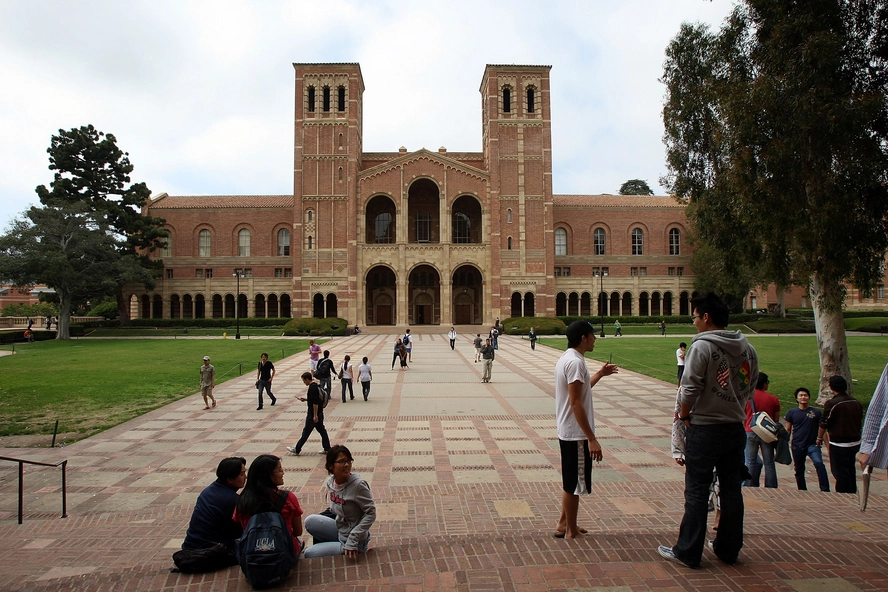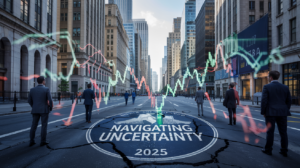460K borrowers will have their income-driven repayment (IDR) applications denied due to the SAVE plan’s demise, leaving nearly a half‑million people in limbo. This watershed moment in U.S. student‑loan policy stems from the Education Department’s decision to reject roughly 460,000 applications—or about 31%—from the million‑plus backlogged requests for IDR plans, after courts ruled the Biden‑era SAVE plan illegal.
Background – From SAVE Optimism to Legal Block
The Biden administration’s SAVE plan, launched in August 2023, was designed to make payments more manageable, capping them at 5% of discretionary income for undergraduate loans and 10% for graduate borrowers, with accelerated forgiveness clauses. But in June 2024, a preliminary injunction from the 8th Circuit and subsequent court rulings effectively froze the plan.
Loan servicers halted processing and removed IDR applications entirely in early 2025 as the court questioned whether the Education Department exceeded its statutory authority. This resulted in a surge of pending cases—nearly 2 million—and stalled any reprieve for borrowers.
The Fallout – Who’s Hurt and How
IDR denials
In July 2025, internal documents released by Politico show the Department will deny 460,000 SAVE‑based applications, citing legal constraints: “Loan servicers cannot process these applications as SAVE is no longer an option, as it is illegal.”
Borrower dilemmas
Affected borrowers entered automatic forbearance and are not accruing interest, but these months don’t count toward forgiveness via PSLF or IDR. They’ll likely have to reapply under older IDR plans (IBR, PAYE, ICR), which may result in significantly higher monthly payments, especially if income has risen.
Federal Overhaul – The Trump Administration’s Response
In July 2025, Congress passed the “One Big Beautiful Bill,” championed by President Trump, to simplify repayment. It eliminates multiple IDR options—SAVE, PAYE, ICR—in favor of two new plans: a basic Standard Plan and a more modestly scaled Income‑Driven Repayment Assistance Plan (RAP), capping payments at 1–10% of income with forgiveness after 30 years.
This reform also includes borrowing caps ($20.5K/year for graduate students, $50K for professionals), and restricts hardships and unemployment deferments, limiting forbearances to nine months in any 24‑month window. The Week
The Broader Backlog & Systemic Pressures
As of April 2025, nearly 2 million IDR applications were pending, but only about 79,000 were processed that month, creating a projected two‑year bottleneck. Student Borrower
This crisis has had broader implications: borrowers can’t recertify their income, delaying PSLF eligibility and forcing them into default or standard payment plans. Loan servicers like MOHELA postponed IDR recertification deadlines to early 2026 to ease immediate harm.
What Borrowers Should Do Now
- Reapply promptly under IBR, PAYE, or ICR—prioritize earlier deadlines to ensure continuity.
- Track forbearance time, especially if you’re aiming for PSLF—you may be eligible to “buy back” lost months.
- Seek Congressional relief or legal remedies; several Democratic senators are pressing for paused interest charges that hit 8 million borrowers in August 2025.
- Stay informed about the new plans rolling out in 2026—RAP will redefine payment structure and eligibility.
Conclusion
The denial of 460,000 IDR applications marks a turning point in student‑loan history, forcing thousands back into less flexible plans, possibly higher bills, and delayed forgiveness. However, borrowers aren’t helpless. Reapplying, tracking forbearance impact, and actively following legislative and administrative changes can mitigate harm. The new RAP plan launching in 2026 offers a restructured pathway, though far more conservative than SAVE.
“Subscribe to trusted news sites like USnewsSphere.com for continuous updates.”





